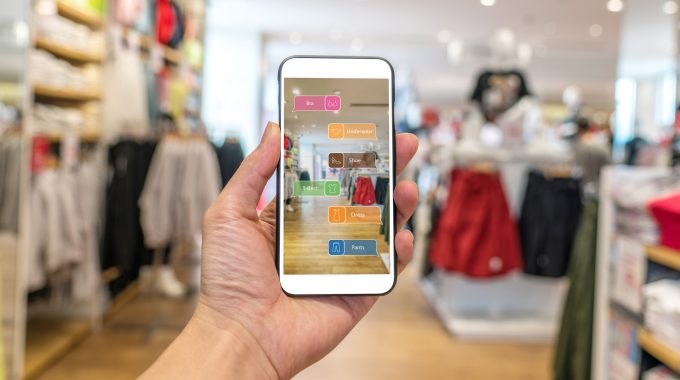On several occasions, I’ve talked about advertising. However, today we are at an interesting part of our course pack. Today, we will explore the types of advertisements which are made which cater to a certain target market. To start off with, let us take retail advertising for starters.
Retail Marketing:

Retail Management is a very important part of the distribution process. It is the last link in the chain and is the direct interface of the process with the customer.
What is retailing? Philip Kotler defines retailing as all activities involved in selling goods or services to the final customer for personal use. In today’s scenario our retailer does not exist in the brick and mortar form alone. They can do it by using the telephone, by direct mails, by using television in the form of teleshopping networks, by e-mails, by using the Internet or absolutely impersonally by using vending machines.
I will broadly cover both the store form of retailing and the non-store form of retailing. Store retailing is the traditional form of retailing wherein a customer physically goes to the store to buy goods or services. Some of the types of store retailing are:
Specialty Stores:
This would typically specialize in selling one product. It has a highly targeted market segment that this type of retailing is trying to attract. . However, some specialty stores also include allied products targeted at the same marketing segment.
Department Stores:
A department store is a store where multiple items are stocked and sold. These stores service all kinds of needs of the customers such as clothing, shoes, cosmetics, gift items, luggage, and other household goods.
Supermarkets:

These are similar to department stores but with a focus on food and household maintenance products. This is more of a self-service operation wherein a customer just goes and picks what he wants.
Convenience Stores:
The differentiating factors for these types of stores are that they are open for relatively long hours and mostly on all the days of the week thus making them accessible to the customer. Typically this kind of retail stores would be located in residential areas.
Discount Stores:
A discount store sells products at a lower price by reducing its own margins. This type of store targets high volumes to ensure profitability.
The various non-stores kind of retailing are:
-
Direct Selling:
This is a scenario in which a sales person goes from door to door or from office to office and meets the customer directly to close a sale. A very good example is that of vacuum cleaners, wherein a representative goes to the homes of a customer at their convenience and demonstrates the utility of his products so that the customer can make a purchase decision based on the performance of the vacuum cleaner.
-
Direct Marketing:
This is a scenario in which instead of directly visiting the customer, product information is supplied through other sources. These include sending mails, providing information over the telephone(also called as Telemarketing) and other media.
Television Shopping:
Today, television has become a more popular means of selling products. Various channels have teleshopping programs through which marketers demonstrate the usability of the products. The customer can then order the product through e-mail, Internet or the telephone.
Cataloging:

In this a booklet enlisting all the products on offer is sent to the customer. Based on the information provided, the customer can then make his buying decision and order it via the telephone, email the Internet.
Net Marketing:
This is the latest trend in marketing. Here the products are detailed on the website of the retailer and the customer can order them right away with the help of a few mouse clicks. The other electronic tool that is used is the email facility. E-Mailers are sent to prospective customers by providing the details of the products. This medium is also used to provide information about new products to existing customers.




